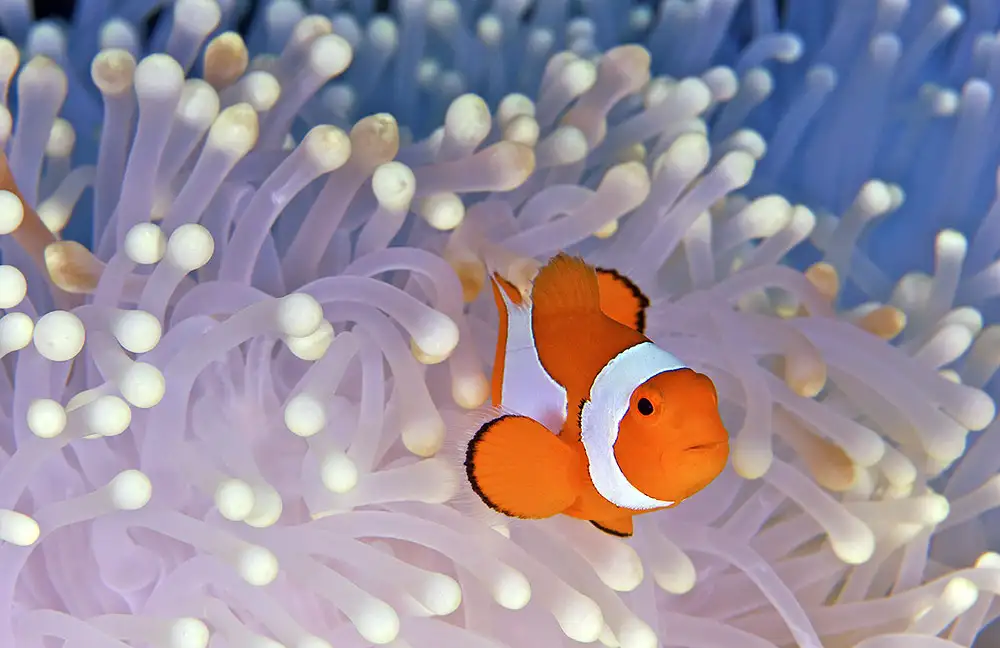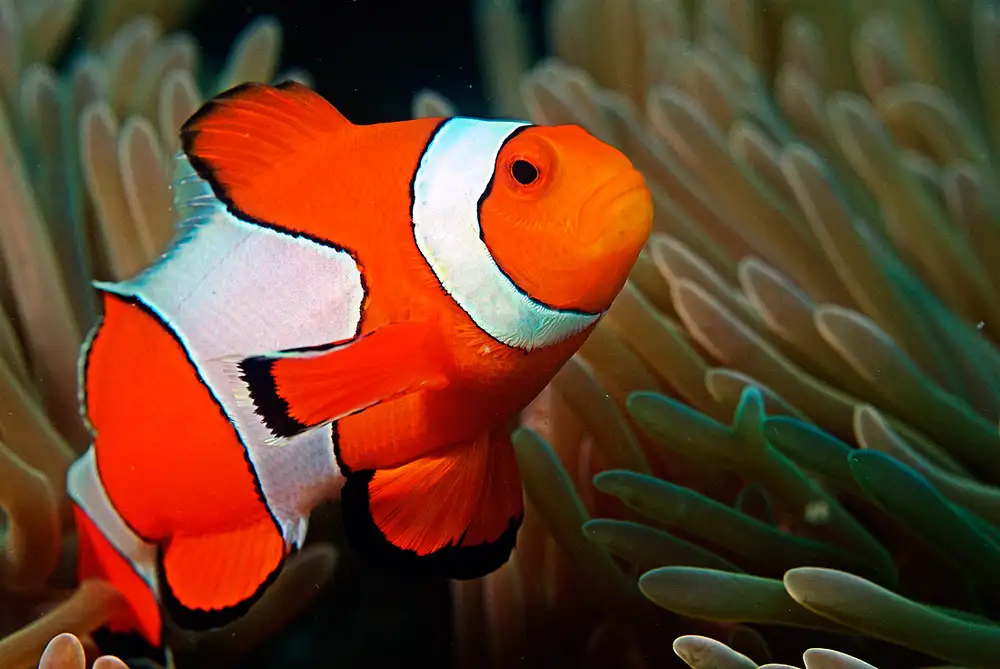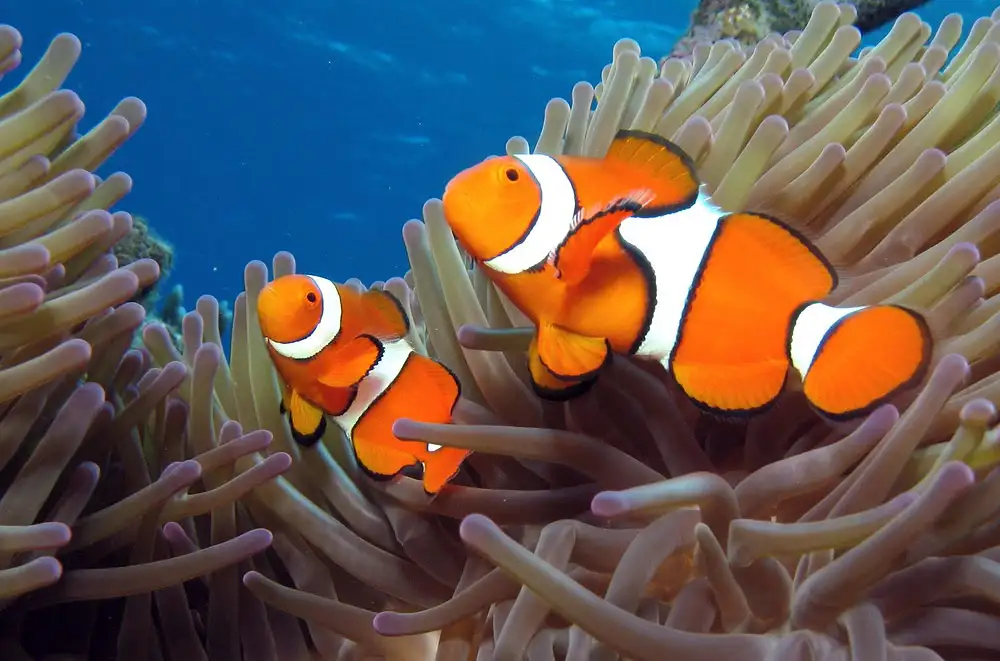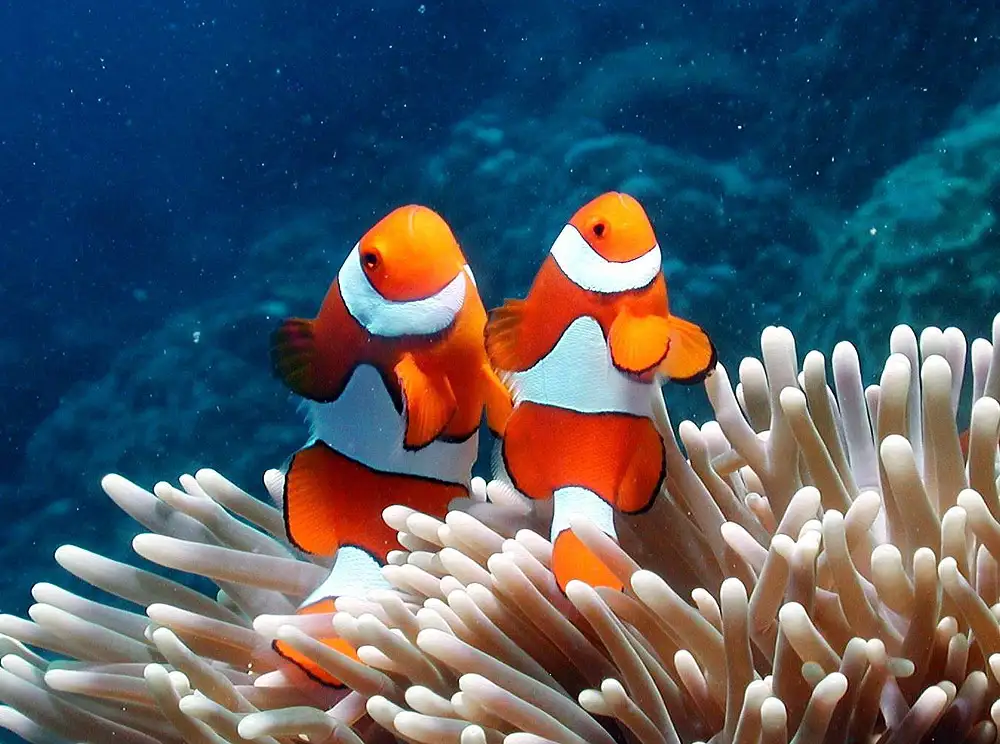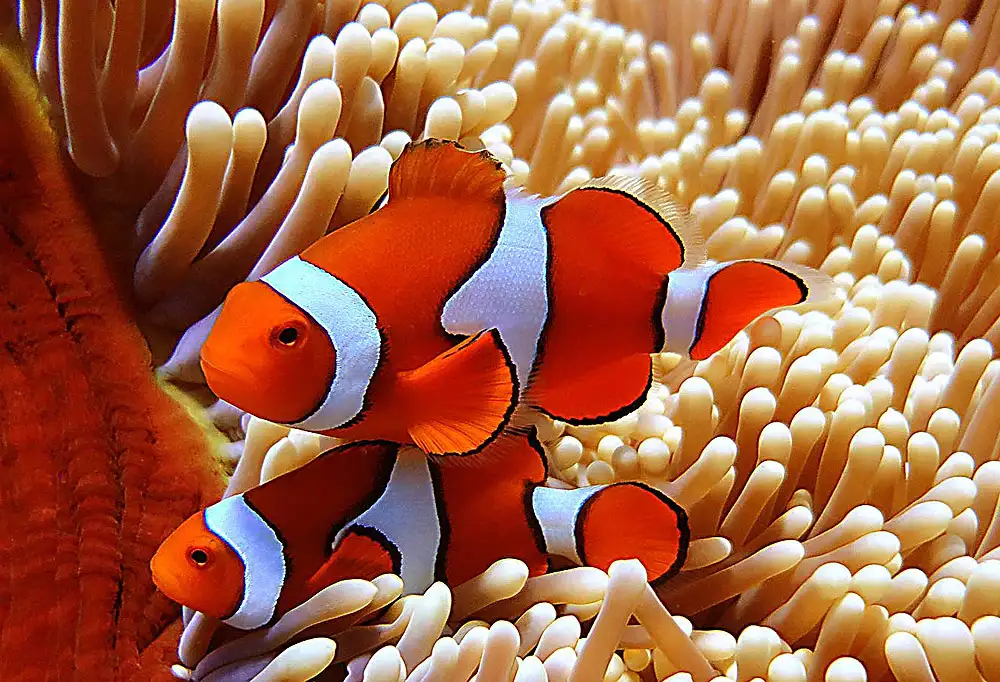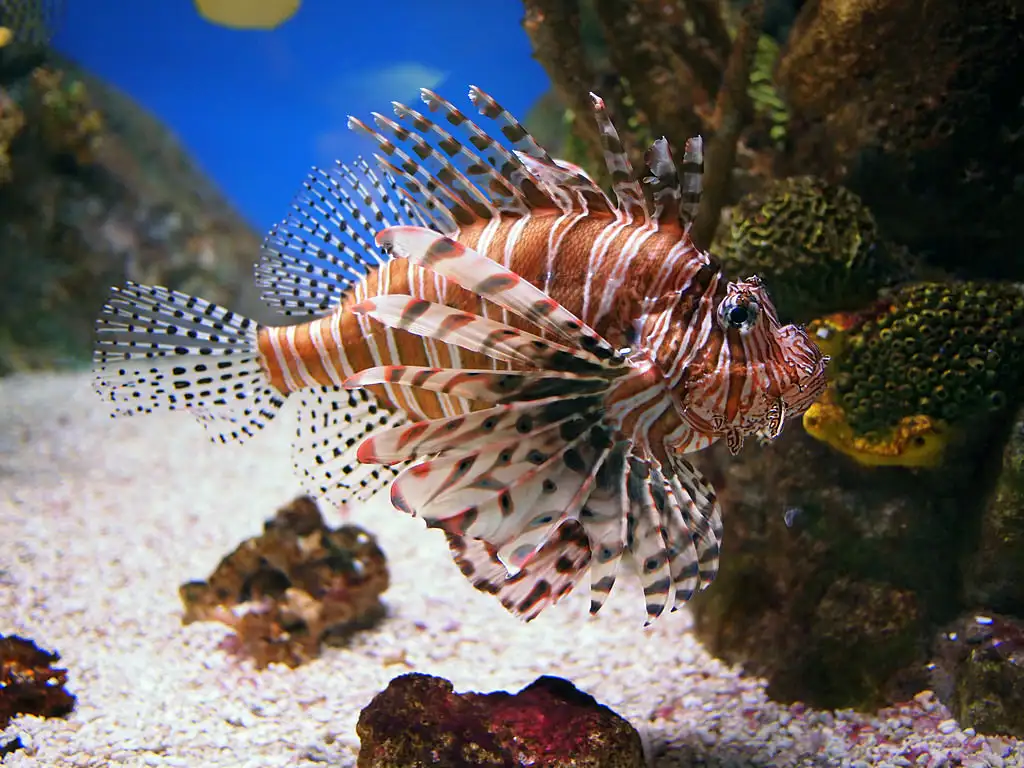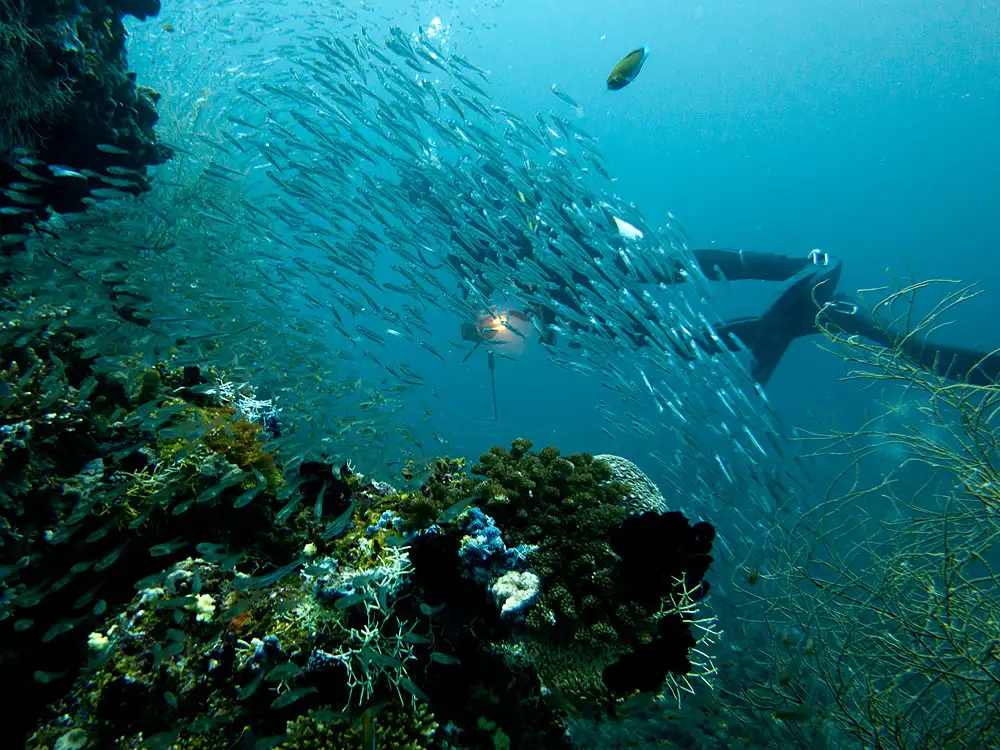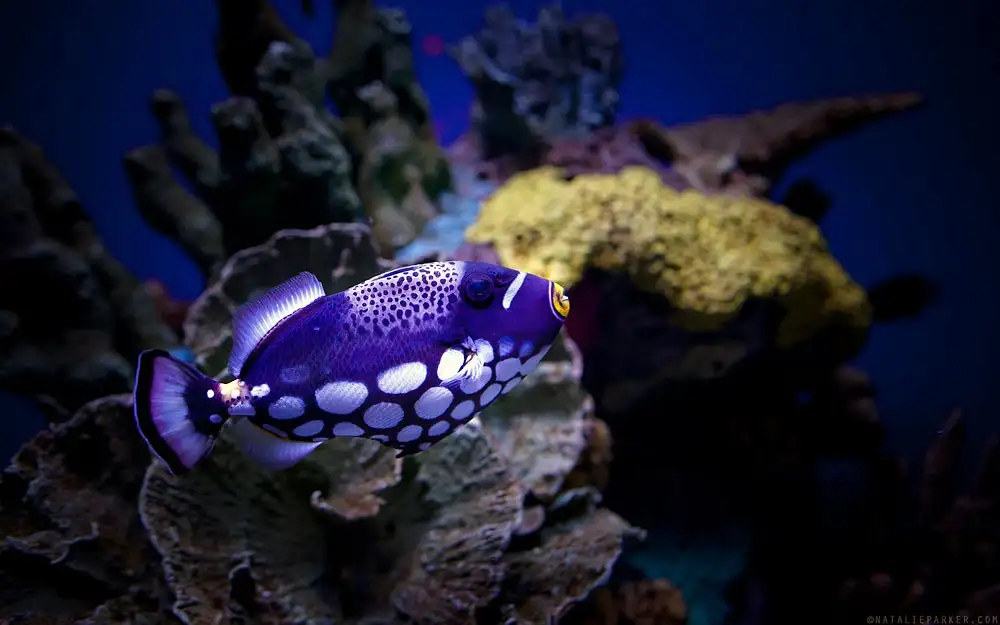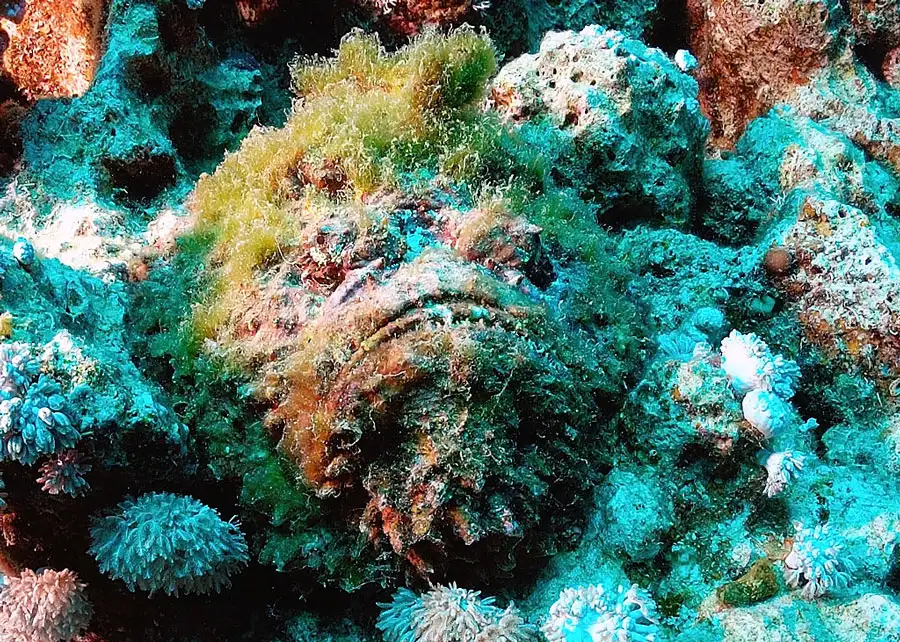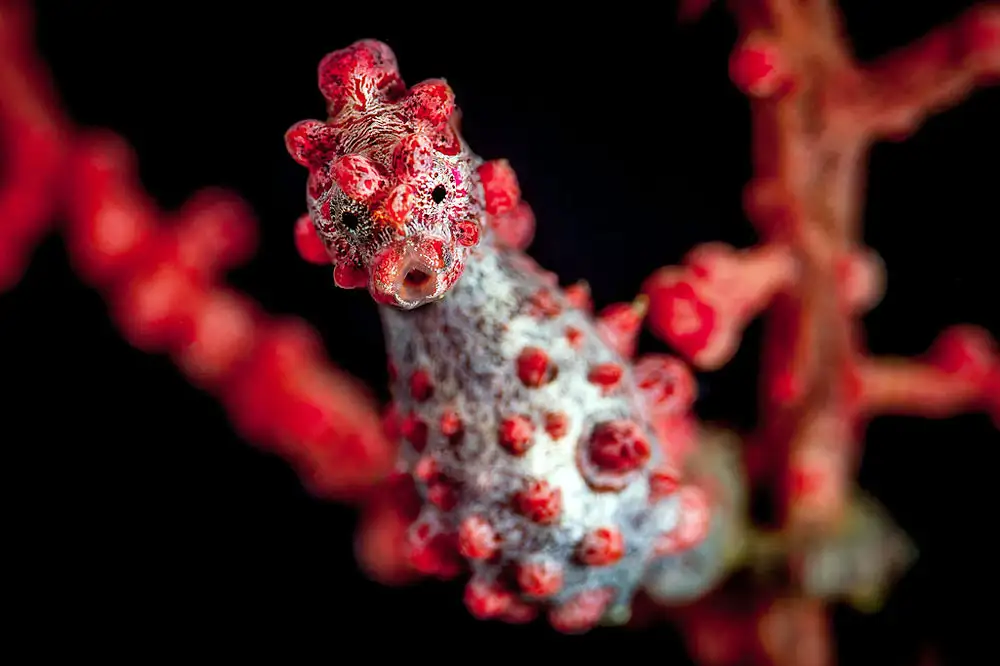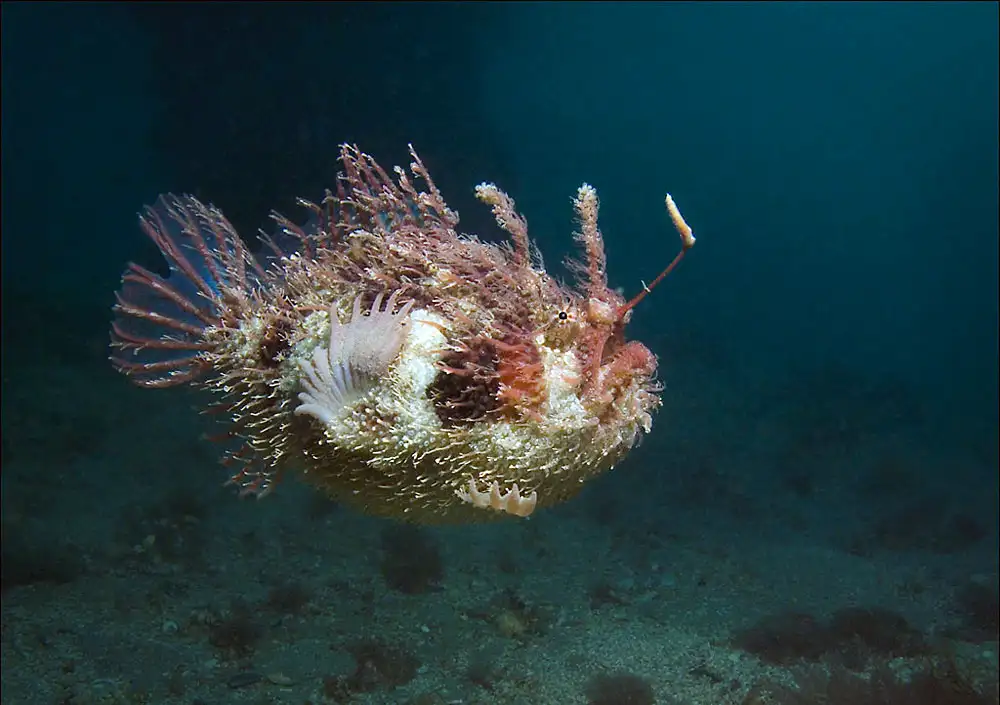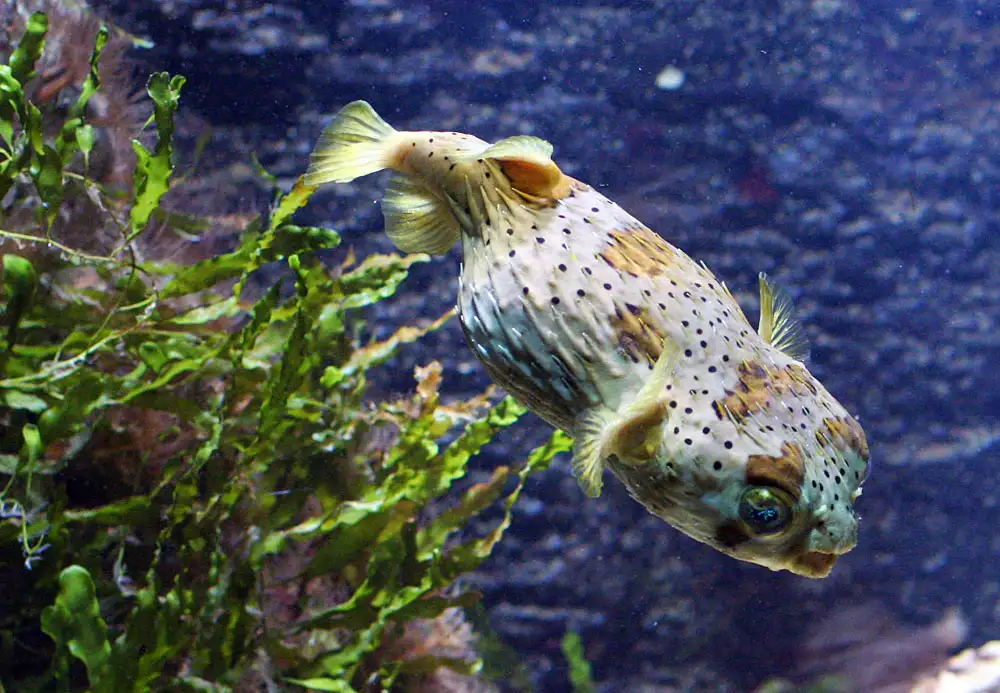Amphiprioninae (Clownfishes · Group overview)
IUCN
LCBasic Information
Scientific classification
- name:Amphiprioninae (Clownfishes · Group overview)
- Scientific Name:Amphiprioninae (genus Amphiprion; some systems merge Premnas into Amphiprion)
- Outline:Small fish
- Family:Pomacentridae Amphiprioninae
Vital signs
- length:Typically 6–17 cm; largest to ~18+ cm
- Weight:Small reef fishes; varies with species/size
- lifetime:Wild 6–10 years; longer in captivity
Feature
Mutualism with anemones; protandrous sex change; size hierarchy; demersal adhesive eggs with male guarding; omnivory.
Distribution and Habitat
Indo‑West Pacific reef flats, lagoons and outer slopes at 1–30 m; absent from Atlantic/Caribbean.
Appearance
Deep‑bodied damselfishes with white bars/patches on orange/yellow/black; rounded to truncate caudal fin.
Details
Amphiprioninae—the clownfishes/anemonefishes—is a subfamily of Pomacentridae distributed throughout the Indo‑West Pacific. They form textbook mutualisms with host sea anemones: fishes gain shelter and food scraps; anemones benefit from fanning, nutrient inputs and defence against some predators.
Ecology & Biology
Symbiosis: a specialised mucus coat reduces nematocyst firing; host specificity varies among species.
Social system: size‑based hierarchy with protandrous sex change; the largest is the female, next a breeding male, others are non‑breeding males.
Reproduction: demersal adhesive eggs laid near the anemone; the male guards and fans the clutch. Larvae are pelagic before settlement.
Diet: omnivorous—small zooplankton, algae and detritus.
Identification
Form: laterally compressed, deep‑bodied damselfishes with a single continuous dorsal fin; rounded to truncate tail.
Colours: orange/yellow/black to reddish‑brown with white bars or patches; bar count/shape distinguishes species.
Size: typically 6–17 cm, larger species to ~18+ cm.
Range & Habitat
Indian and western Pacific (incl. Red Sea/East Africa to Micronesia and the Great Barrier Reef), usually on reef flats, lagoons and outer slopes at 1–30 m, tightly associated with host anemones. Absent from the Atlantic/Caribbean.
Conservation & People
Threats: degradation of coral/anemone habitats, heat stress/bleaching, collection for the aquarium trade, and pollution.
Good practice: favour captive‑bred stock for aquaria; avoid wild collection of rare endemics.
IUCN: this is a group‑level entry—many species are LC, though some taxa are NT/VU locally. Marked here as Not Evaluated (NE) for the overview.
FAQ
Q1. Do clownfishes sting humans? No. Their mucus layer prevents nematocyst discharge; they are harmless—avoid touching them or their hosts.
Q2. Are they captive‑breedable? Yes—many species are captive‑bred; prefer these for sustainability.
Q3. Why is the female largest? Because of the protandrous hierarchy—sex change and dominance rules allocate resources to the top female.
Q4. Which species is the “movie star”? Commonly the percula/ocellaris complex, though appearances vary regionally.

